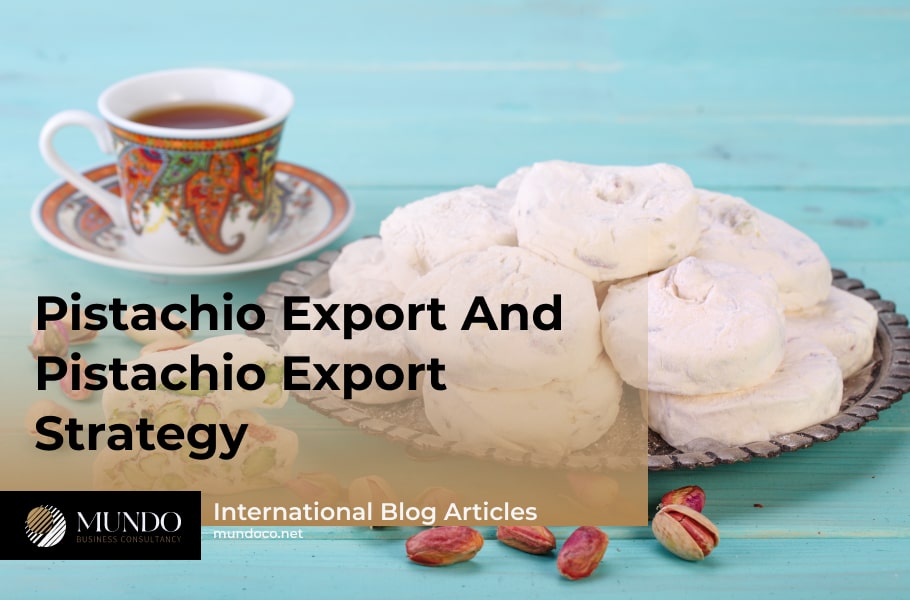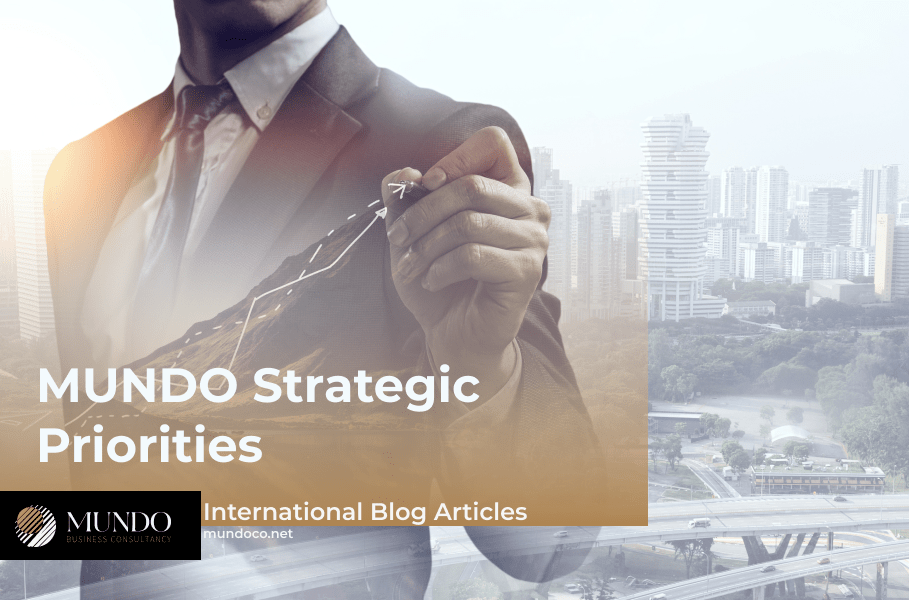Introduction
The pistachio plant has been considered as a commercial product in the last half century due to the popularity of its fruit consumption. This is a special attention in terms of the high food quality of pistachios and the feature of long storage after harvesting. A survey of the world statistics of pistachio during the past 10 years shows that Iran produces 30 percent of the world’s pistachios on average, having a cultivated area of about 50 percent of the world’s cultivated area.
During the past years, due to the high market demand and the profitability of pistachios, countries that have suitable climatic conditions for planting pistachios have started to plant this product. Among these countries, we can mention Iran, which has increased the cultivated area of this crop ten times during the last ten years, especially in the central part of the country, with suitable climatic conditions. Currently, pistachio has become popular among many gardeners in Iran due to the huge market demand for this product, so that more than 80% of pistachio gardens in this country are concentrated in this sector. About 20 years ago, pistachio production was considered a risky choice for Iranian farmers due to the long investment period. But since the last ten years, with the patience and persistence and increasing the level of knowledge of experts and of course with the support of government departments, this product has opened its place among farmers interested in agricultural development.
In this report, in addition to providing statistics related to the area under cultivation, yield and production of pistachio in different countries of the world, the status of production, export and import, important cultivars of pistachio seedlings that can be cultivated, machines and equipment related to planting, yielding and harvesting of pistachio in Iran and Also, the types of pistachio packaging have been investigated.
Pistachio export strategy
Micmac method is used for clustering dimensions of pistachio export marketing strategy with green approach. In the analysis of Mick, Mock, indicators are divided into four categories according to the power of influence and dependence. In this way, the sum of 1’s in each row of the final achievement matrix shows the penetration rate and the sum of the 1’s in each column shows the degree of variable dependence. In this way, four types of indicators are obtained. Autonomous dimensions (area one) include dimensions with low influence and dependence, which are somewhat separate from other indicators and have few connections, none of the research variables are included in this area.
In dependent dimensions (area two) include dimensions with low influence power and high dependence. The company’s export strategy, company characteristics and green internal approach are sub-dimensions in this area. Linked dimensions (area three) have high influence power and dependence. This These dimensions are unstable and any change in them can overshadow the entire system.
Independent dimensions (area four) which have high penetration power and low dependence power. This category acts as the foundation stone of the model. The company’s export capabilities and the characteristics of the target market and the methods of entering the market and the characteristics of the pistachio industry are placed in this area. take
Designing pistachio export strategy





